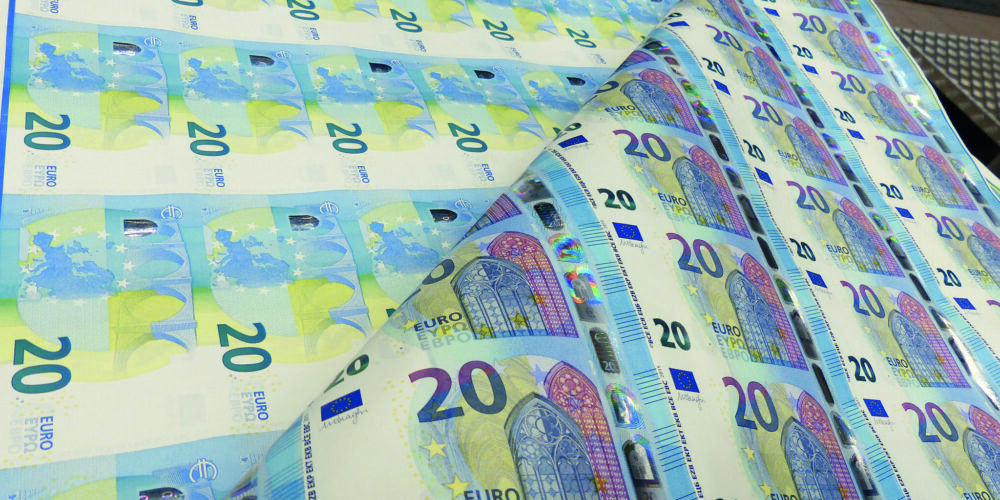The Rise in Popularity of Central Bank Digital Currency in India
According to the Deputy Governor of the Reserve Bank of India, since December 2023, the volume of transactions using the Central Bank Digital Currency (CBDC) has been decreasing. However, it is worth noting that the number of transactions using the digital rupee has increased within a year since the pilot launch.
Number of e-Rupee Transactions Reaches a Million Daily
In December 2023, approximately a year after the pilot launch, the number of transactions using the digital rupee reached a million transactions per day. Currently, the number of transactions using e-rupee has surged to an impressive 22 million.
Transaction Growth Due to Disbursement of Employee Benefits by Banks
The transactions in December were boosted by Indian banks disbursements of employee benefits in the form of digital rupees. The target of reaching a million transactions per day was achieved by enabling interoperability with the Unified Payments Interface (UPI) platform.
Collaboration with Merchants and Users
Currently, 4.6 million users and 400,000 merchants in India have had the opportunity to test the country’s digital currency. The central bank proposes an expanded use of the retail CBDC, allowing non-bank payment system operators to offer CBDC wallets.
UPI Payments from Pre-Paid Payment Instruments
The Reserve Bank of India announced that it will be possible to use UPI payments from pre-paid payment instruments. Additionally, the introduction of programmable features and offline capabilities in the central bank digital currency has been announced.
Promotion of Tourism and International Payments
India is striving to promote the Unified Payments Interface as a means to attract tourists and expedite international payments. The functionality of offline CBDC is still under testing, and its launch is planned for a later date.
A clear upward trend in the usage of central bank digital currency in India is evident, which could contribute to further developing this payment solution in the domestic market.







